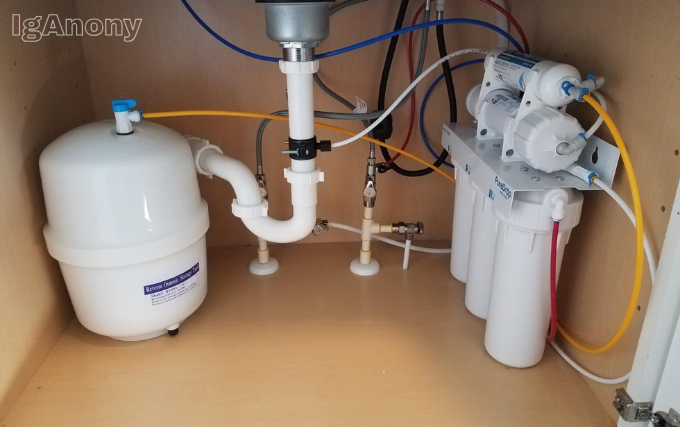The pursuit of clean drinking water has been a priority for individuals and communities around the globe. With the evolution of water treatment technologies, various filtration methods have surfaced, each claiming its effectiveness. However, among these numerous options, reverse osmosis (RO) filtration systems stand out as one of the most effective methods available. This article explores why pure water systems that utilise reverse osmosis technology are favoured by health and environmentally-conscious consumers.
Understanding the Reverse Osmosis Process
Reverse osmosis is a water purification process that removes contaminants from water by using pressure to force water molecules through a semipermeable membrane. The larger molecules and ions (like those found in contaminants) are left behind and flushed away, leaving behind only pure water. The level of purity achieved by an RO system is far superior to that of standard filtration mechanisms, which mostly reduce contaminants rather than completely removing them.
The Superiority of Reverse Osmosis Filtration
In the context of home or commercial use, reverse osmosis water filters are preferred for several compelling reasons. The RO process is capable of eliminating up to 99% of all dissolved salts (ions), particles, colloids, organics, bacteria, and pyrogens from the feed water. Therefore, the water produced is essentially free of physical, chemical, and biological contaminants.
Among the reasons why reverse osmosis is considered the best water filtration method, consider its effectiveness against various contaminants. For example, RO can remove lead, which is harmful to human health, and can reduce the risk of anemia, high blood pressure, kidney damage, and toxicity to the nervous system. RO systems can also remove cryptosporidium from drinking water, a parasite that causes gastrointestinal illness, and they can filter out common chemical contaminants, such as chlorine and fluoride.
Environmental and Health Advantages
Reverse osmosis water purifiers also present environmental advantages. By using a reverse osmosis water purifier, households can reduce the number of bottled waters consumed, subsequently diminishing plastic waste. Additionally, since RO systems can make tap water safe and palatable for drinking, there is less reliance on bottled waters, conserving resources.
Cost-Effectiveness and Maintenance of RO Systems
In terms of maintenance, RO systems are relatively easy to care for. Filter changes, which are part of standard upkeep, can typically be done without professional help. The average lifespan of an RO system is also favorable, commonly lasting between 10 to 15 years depending on the usage and maintenance. Cost-wise, while the initial investment might be higher than some other filtration options, the long-term benefits and cost savings from reduced bottled water purchases are significant.
Water Taste and Quality
Many people favour RO purified water for its taste and quality. These systems remove unpleasant tastes and odours associated with chemical treatments as well as elements that can create a strange taste or appearance. At a practical level, this means that beverages made with RO water, such as coffee or tea, might taste superior due to the absence of impurities.
Choosing the Right RO Filtration System
When selecting a reverse osmosis system, it is important to consider the specific requirements of your household or business. Factors such as the number of users, water consumption rates, and the quality of your tap water should influence your decision. It is also critical to choose a system from a reputable provider to ensure efficacy and reliability.
Pure water systems that deploy RO technology can cater to a variety of needs, ranging from small under-sink units for domestic use to larger systems for industrial applications. These systems typically include pre- and post-filters as part of a multi-stage processing arrangement, which guarantees cleaner and safer water in every use.
Final Thoughts on RO Water Filtration
In conclusion, the quest for high-quality drinking water has led many to acknowledge the reverse osmosis method as the best water filtration approach. The technology’s ability to effectively remove a vast array of contaminants, combined with its cost-efficiency and advantageous maintenance aspects, places reverse osmosis at the forefront of water purification techniques.
With concerns about water safety and environmental sustainability growing daily, adopting an RO filtration system can provide peace of mind. From the kitchen tap to the water used in manufacturing processes, the implementation of an RO system can have far-reaching benefits for health, well-being, and the environment.
For those who recognise the importance of having access to pure, clean water, investing in a reverse osmosis filtration system is a decision that pays dividends in countless ways. By providing water that is not only safe to drink but also superior in taste, RO systems are changing the way we think about and consume one of our most vital natural resources.
Whether you’re a household looking to improve your drinking water or a business seeking to refine your processes, the move towards pure water systems with reverse osmosis technology is a step in the right direction towards health, safety, and sustainability.







